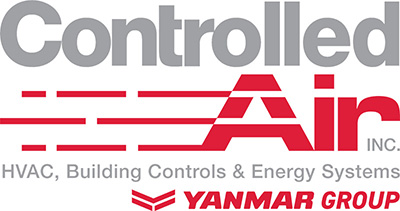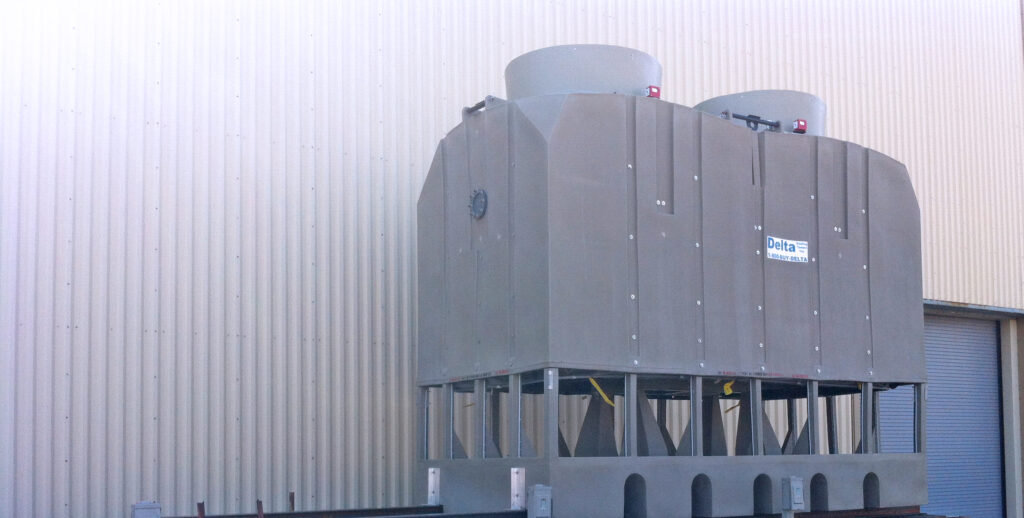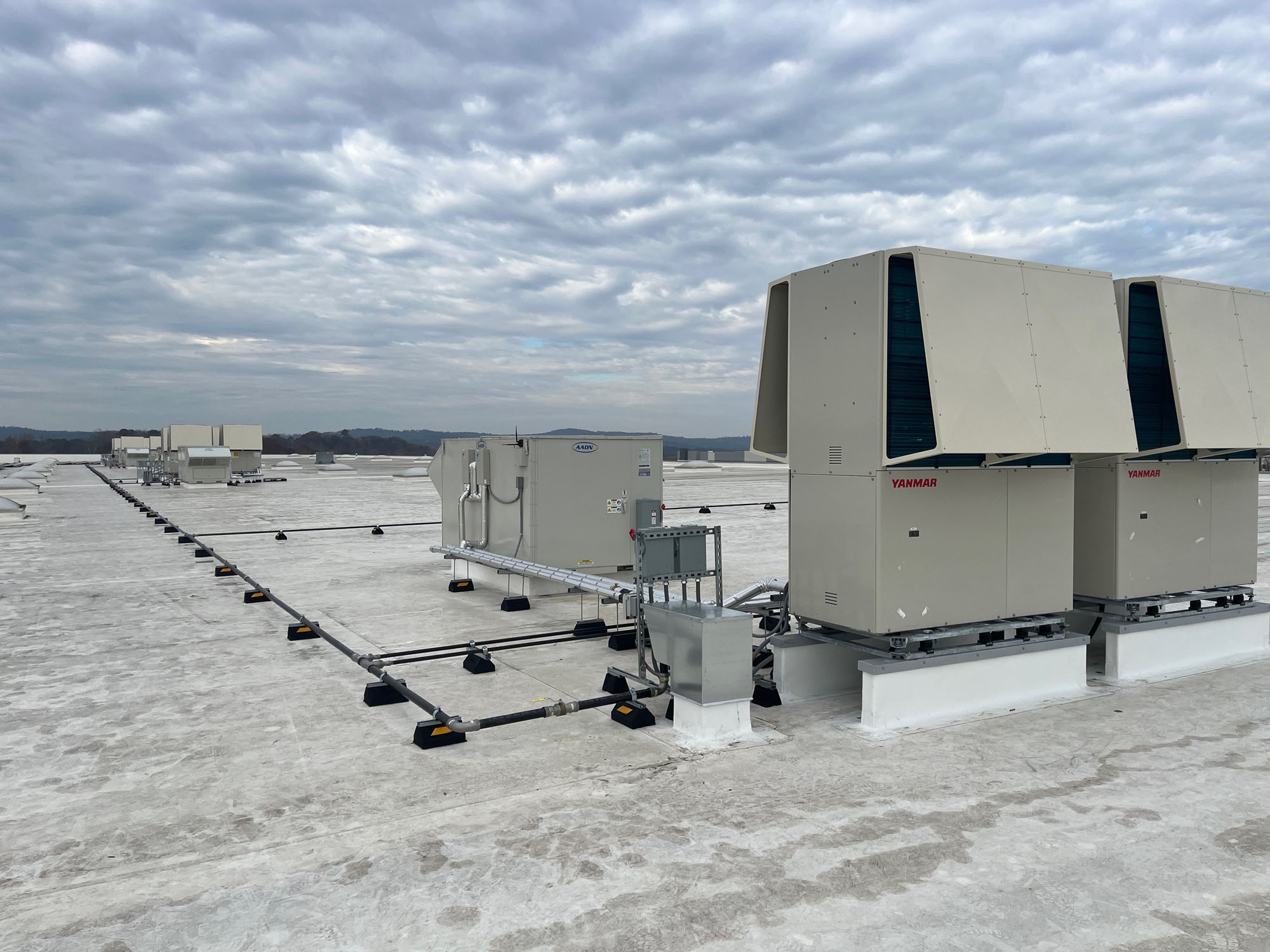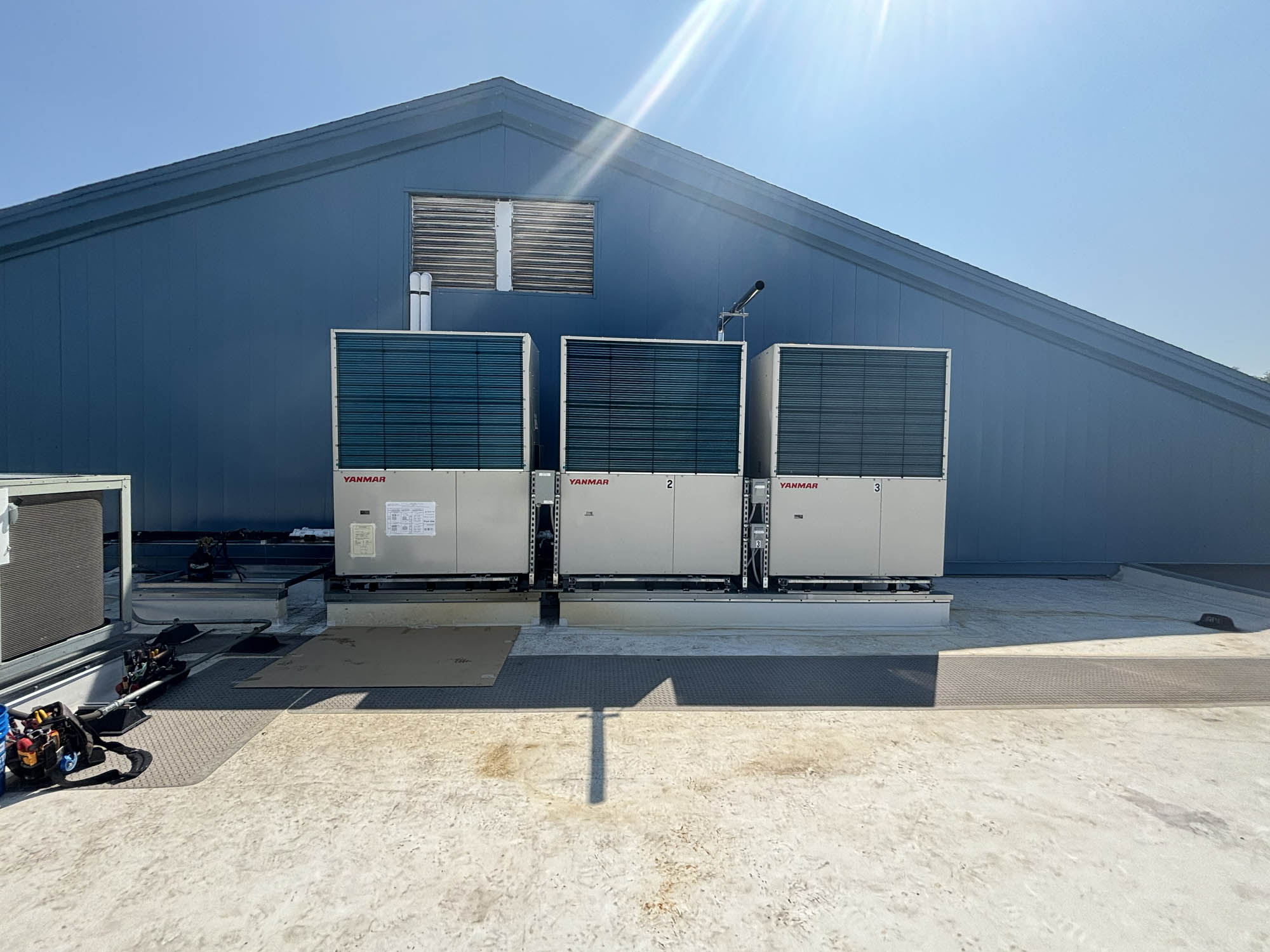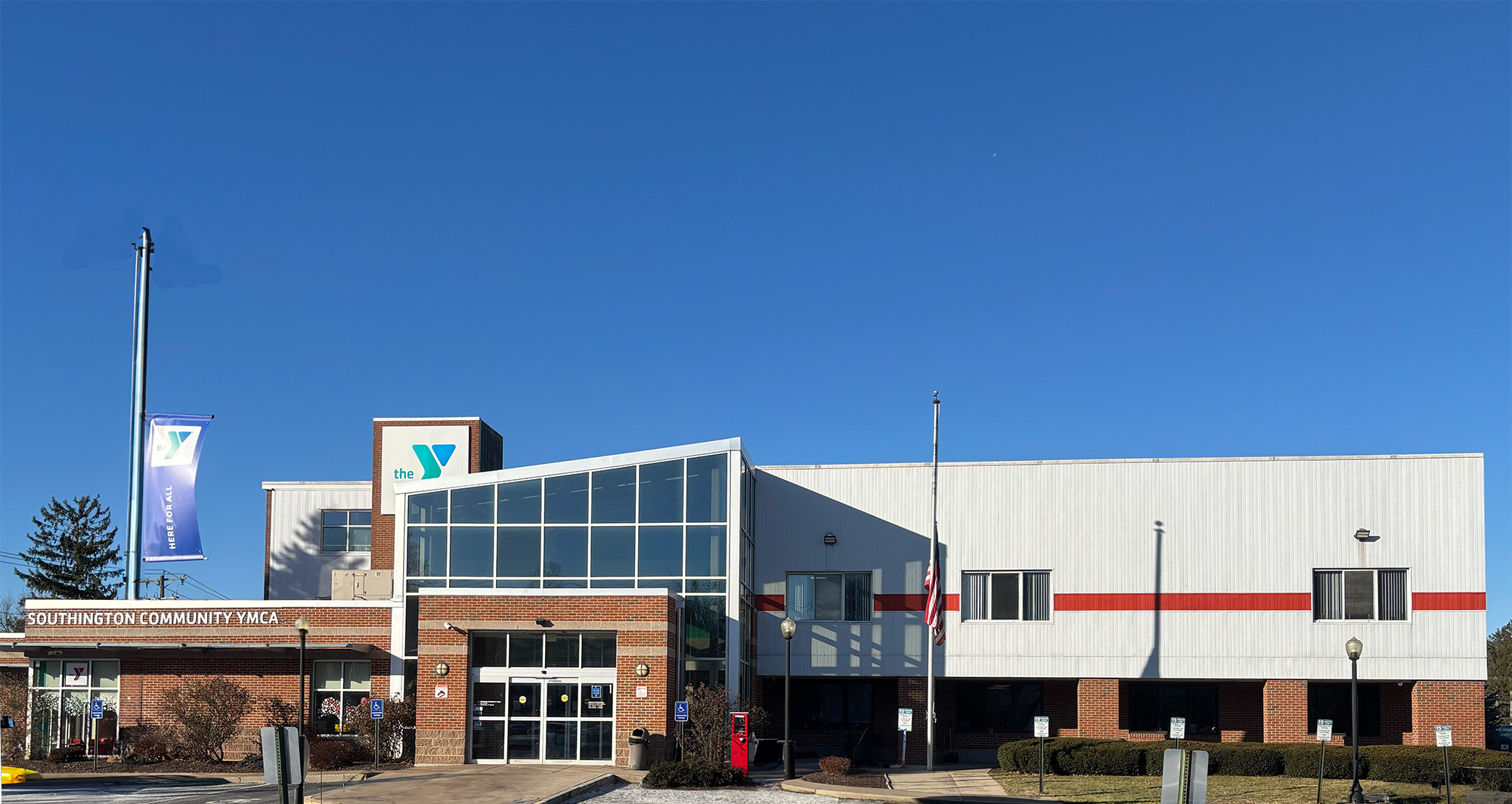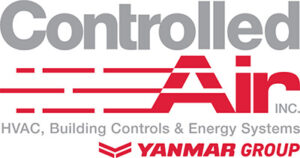Protecting Your Lungs: The Critical Link Between HVAC Maintenance and Legionnaires’ Disease
Legionnaires’ disease is a severe and potentially fatal form of pneumonia caused by a type of bacteria called Legionella. While the name might sound unfamiliar, the bacteria are found naturally in freshwater environments like lakes and rivers. However, they become a threat to human health when they multiply and spread in man-made water systems, especially those that create a fine mist or aerosol. This is where your building’s HVAC system can play a crucial role.
What is Legionnaires’ Disease?
Legionnaires’ disease is not spread from person to person. You get it by inhaling tiny water droplets containing the Legionella bacteria. Symptoms, which typically appear 2 to 14 days after exposure, are similar to other types of pneumonia.
The HVAC Connection
Large, complex HVAC systems, particularly those with cooling towers, are a significant source of Legionnaires’ disease outbreaks. Cooling towers use water to remove heat from a building, and if not properly maintained, the warm, stagnant water can create an ideal breeding ground for Legionella bacteria. The bacteria can then become aerosolized and spread throughout the building or even to nearby areas, infecting anyone who breathes in the contaminated mist.
This isn’t a concern for small, residential window units or central air conditioners that don’t use water to cool the air. The risk is primarily associated with large-scale systems found in places like:
- Hospitals and nursing homes
- Hotels
- Large office buildings
- Industrial facilities
A Recurring Concern: Recent Outbreaks in NYC
The threat of Legionnaires’ disease is not a historical footnote; it remains a current and serious public health issue. New York City, in particular, has seen a recent cluster of cases, highlighting the ongoing risk. In late July 2025, a sudden outbreak in Central Harlem sickened dozens and, tragically, led to several deaths. Health officials in the city quickly investigated and identified 11 cooling towers in the area that tested positive for Legionella bacteria. All of the contaminated towers were promptly cleaned and disinfected according to city regulations. These incidents serve as a stark reminder of why proactive maintenance is not just a best practice, but a critical for building owners.
Protecting Your Lungs: The Critical Link Between HVAC Maintenance and Legionnaires’ Disease 💨
Legionnaires’ disease is a severe and potentially fatal form of pneumonia caused by a type of bacteria called Legionella. While the name might sound unfamiliar, the bacteria are found naturally in freshwater environments like lakes and rivers. However, they become a threat to human health when they multiply and spread in man-made water systems, especially those that create a fine mist or aerosol. This is where your building’s HVAC system can play a crucial role.
What is Legionnaires’ Disease?
Legionnaires’ disease is not spread from person to person. You get it by inhaling tiny water droplets containing the Legionella bacteria. Symptoms, which typically appear 2 to 14 days after exposure, are similar to other types of pneumonia and can include:
- High fever
- Chills and muscle aches
- Cough and shortness of breath
- Headache
People over 50, current or former smokers, and those with weakened immune systems or chronic lung disease are at a higher risk of developing the illness. A milder, non-pneumonic form of the disease, called Pontiac fever, also exists, causing flu-like symptoms that usually clear up on their own without treatment.
The HVAC Connection
Large, complex HVAC systems, particularly those with cooling towers, are a significant source of Legionnaires’ disease outbreaks. Cooling towers use water to remove heat from a building, and if not properly maintained, the warm, stagnant water can create an ideal breeding ground for Legionella bacteria. The bacteria can then become aerosolized and spread throughout the building or even to nearby areas, infecting anyone who breathes in the contaminated mist.
This isn’t a concern for small, residential window units or central air conditioners that don’t use water to cool the air. The risk is primarily associated with large-scale systems found in places like:
- Hospitals and nursing homes
- Hotels
- Large office buildings
- Industrial facilities
A Recurring Concern: Recent Outbreaks in NYC
The threat of Legionnaires’ disease is not a historical footnote; it remains a current and serious public health issue. New York City, in particular, has seen a recent cluster of cases, highlighting the ongoing risk. In late July 2025, a sudden outbreak in Central Harlem sickened dozens and, tragically, led to several deaths. Health officials in the city quickly investigated and identified 11 cooling towers in the area that tested positive for Legionella bacteria. All of the contaminated towers were promptly cleaned and disinfected according to city regulations.
This isn’t an isolated incident. The New York City Department of Health and Mental Hygiene has a robust system for surveillance and has previously addressed other outbreaks. The city’s regulations, which mandate the registration and regular maintenance of all cooling towers, are a direct response to the recurring public health threat posed by improperly managed water systems. These incidents serve as a stark reminder of why proactive maintenance is not just a best practice, but a critical legal and ethical responsibility for building owners.
The Importance of HVAC Maintenance
Regular, proactive HVAC maintenance is the single most effective way to prevent the growth and spread of Legionella bacteria. By implementing a comprehensive water management plan, building managers can significantly reduce the risk of an outbreak. Key maintenance practices include:
- Routine cleaning and disinfection: Cooling towers should be cleaned and disinfected at least twice a year, and more often if heavy biofouling or high bacteria levels are detected.
- Temperature control: Legionella thrives in warm water. Maintaining cold water systems at temperatures below 68°F (20°C) and hot water systems above 140°F (60°C) can inhibit bacterial growth.
- Avoiding water stagnation: Stagnant water in unused pipes, tanks, or drain pans provides a perfect environment for Legionella to multiply. Regularly flushing unused outlets and ensuring proper drainage is essential.
- Biocide treatments: Using chemical biocides, such as chlorine, helps control microbial growth in the water systems.
Proper HVAC maintenance isn’t just about efficiency and comfort—it’s a critical for health. By following a regular maintenance schedule, building owners and managers can protect occupants from a serious and preventable disease.
